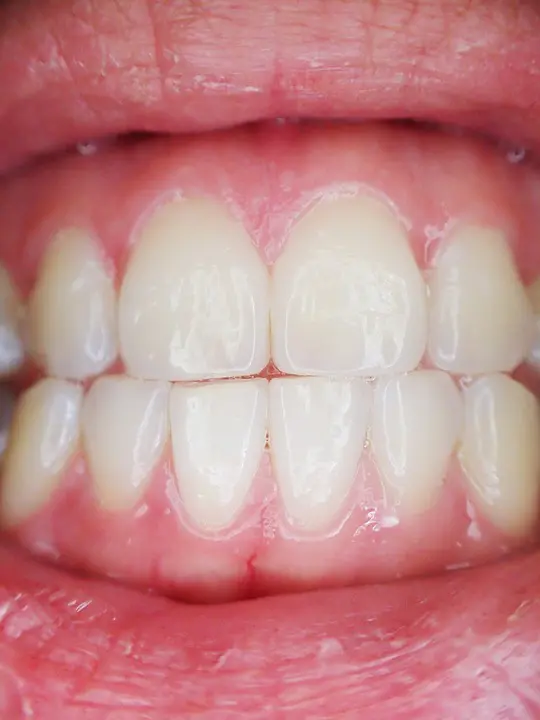Many adults have some form of periodontal disease. They may not even be aware of it until their dentist tells them about it. Periodontal disease could range from simple gum inflammation to more serious conditions that could cause profound damage to the soft tissue and bone supporting the teeth. In a worst-case scenario, periodontal disease can result in tooth loss.

(Pixabay / endlesswatts)
Bacteria in the mouth causes gum disease. The bacteria combine with mucus and other substances in the mouth to form a sticky and colorless plaque on the teeth. Plaque can be removed by brushing and flossing. Any remaining plaque can harden and will form tartar that is resistant to brushing. Tartar can be removed through dental cleaning performed by a dentist or dental hygienist.
Types of Gum Diseases
Gum diseases may be mild or severe. Common types of gum diseases are:
- Gingivitis – This is the mildest form of gum disease. It causes the gums to become red and swollen and bleed easily. It is often caused by inadequate oral hygiene. Gingivitis can be cured with professional intervention and good oral care. Factors that contribute to gingivitis including smoking, genetic predisposition, diabetes, stress, malnutrition, hormonal fluctuations, pregnancy, substance abuse, and others.
- Periodontitis – Gingivitis, when untreated, can advance to periodontitis. With this condition, the plaque buildup advances below the gum line. Bacterial toxins irritate the gums and cause an inflammatory response, resulting in the breakdown of the tissues and bones that support the teeth. In periodontitis, gums separate from the teeth, forming infected pockets between the teeth and gums. As periodontitis progresses, more gum tissues and bone are destroyed, resulting in the loosening of the affected teeth. The teeth may have to be removed.
Treatment for Gum Diseases
The main objective of gum disease treatment is infection control. The types of treatment vary according to the extent of the gum disease. Whatever treatment is recommended by the dentist, the patient will need to supplement it with good oral hygiene at home. The dentist may suggest that the patient change some of their habits, including quitting smoking, in order to improve the treatment results.
